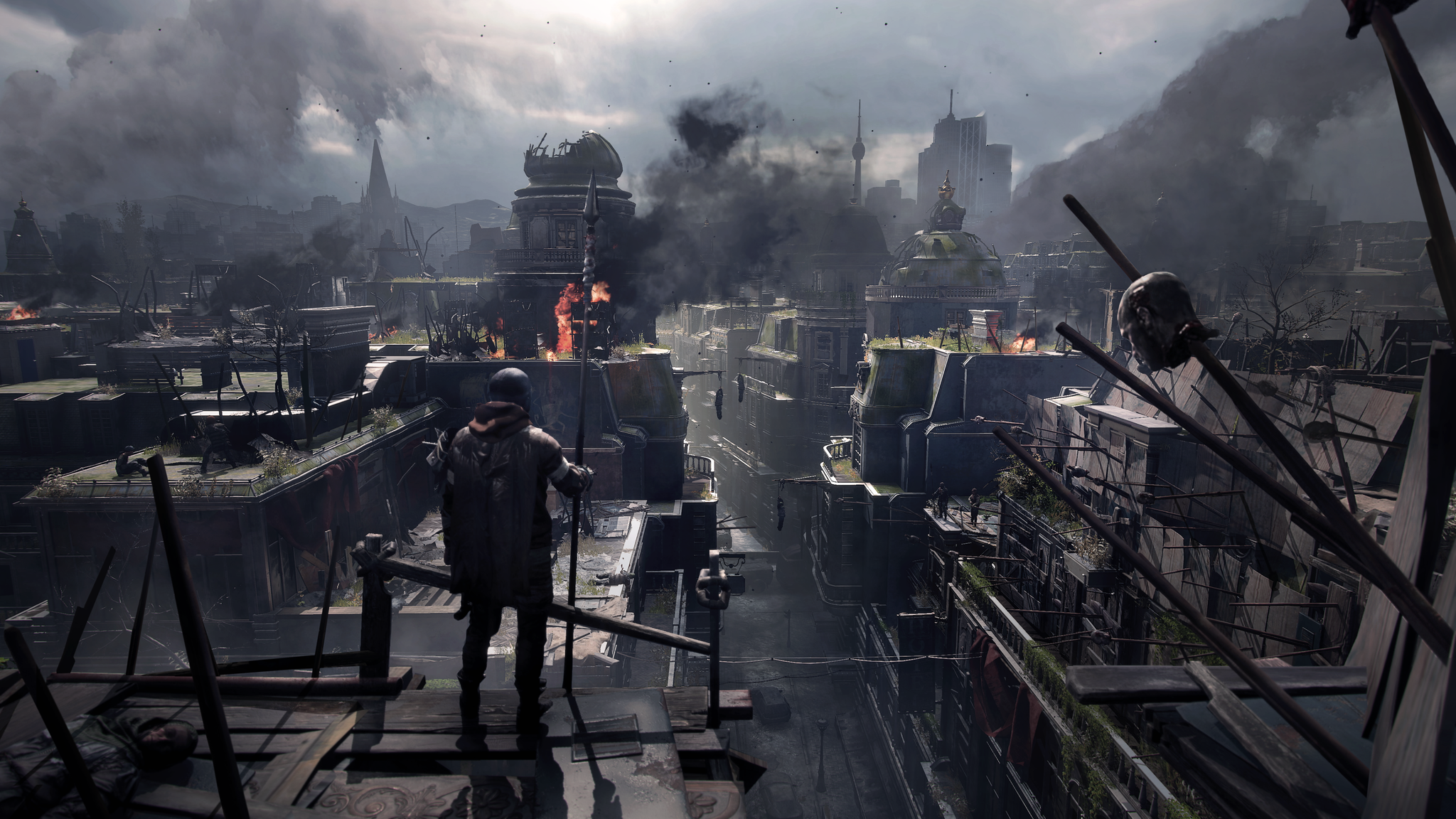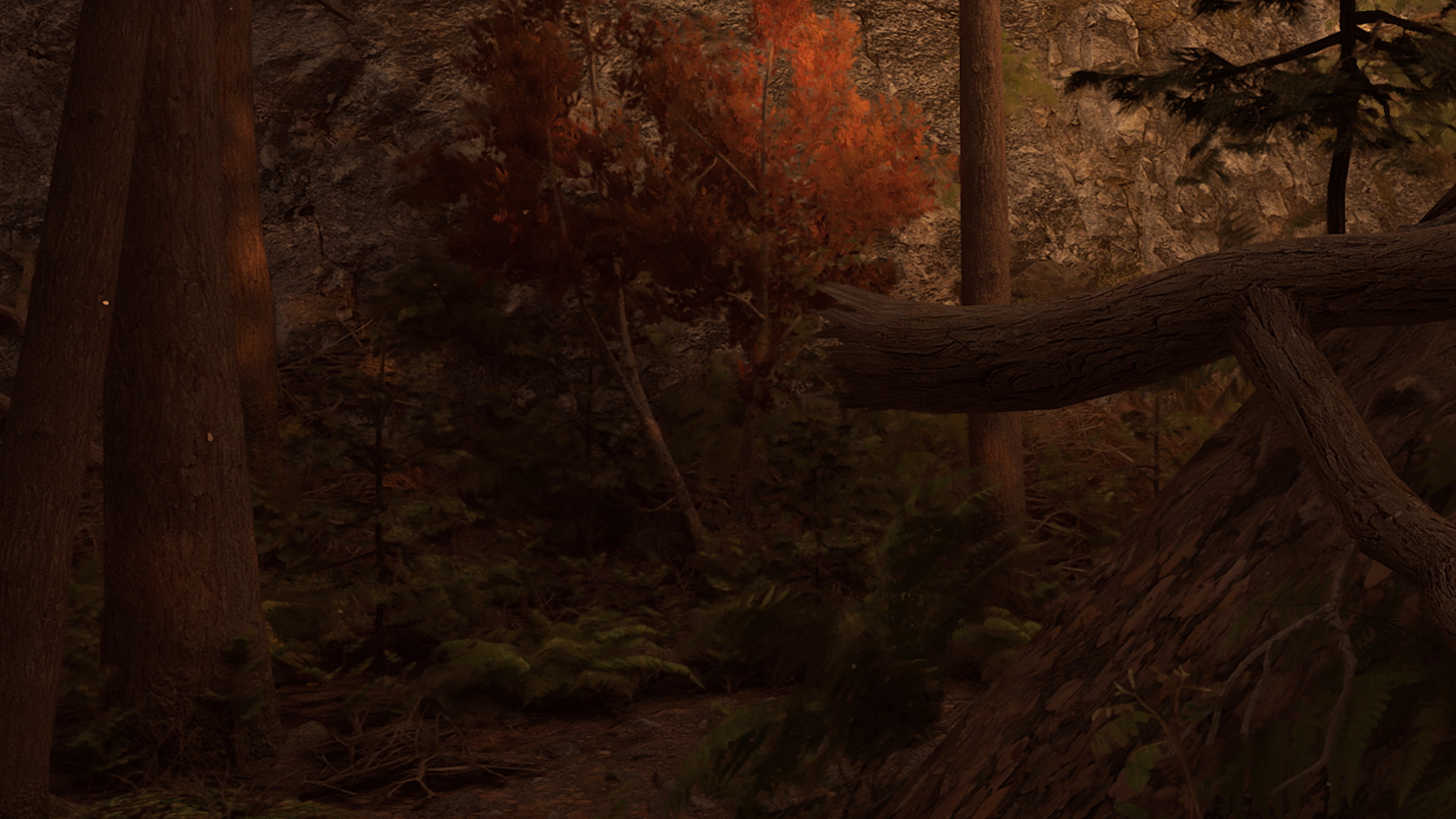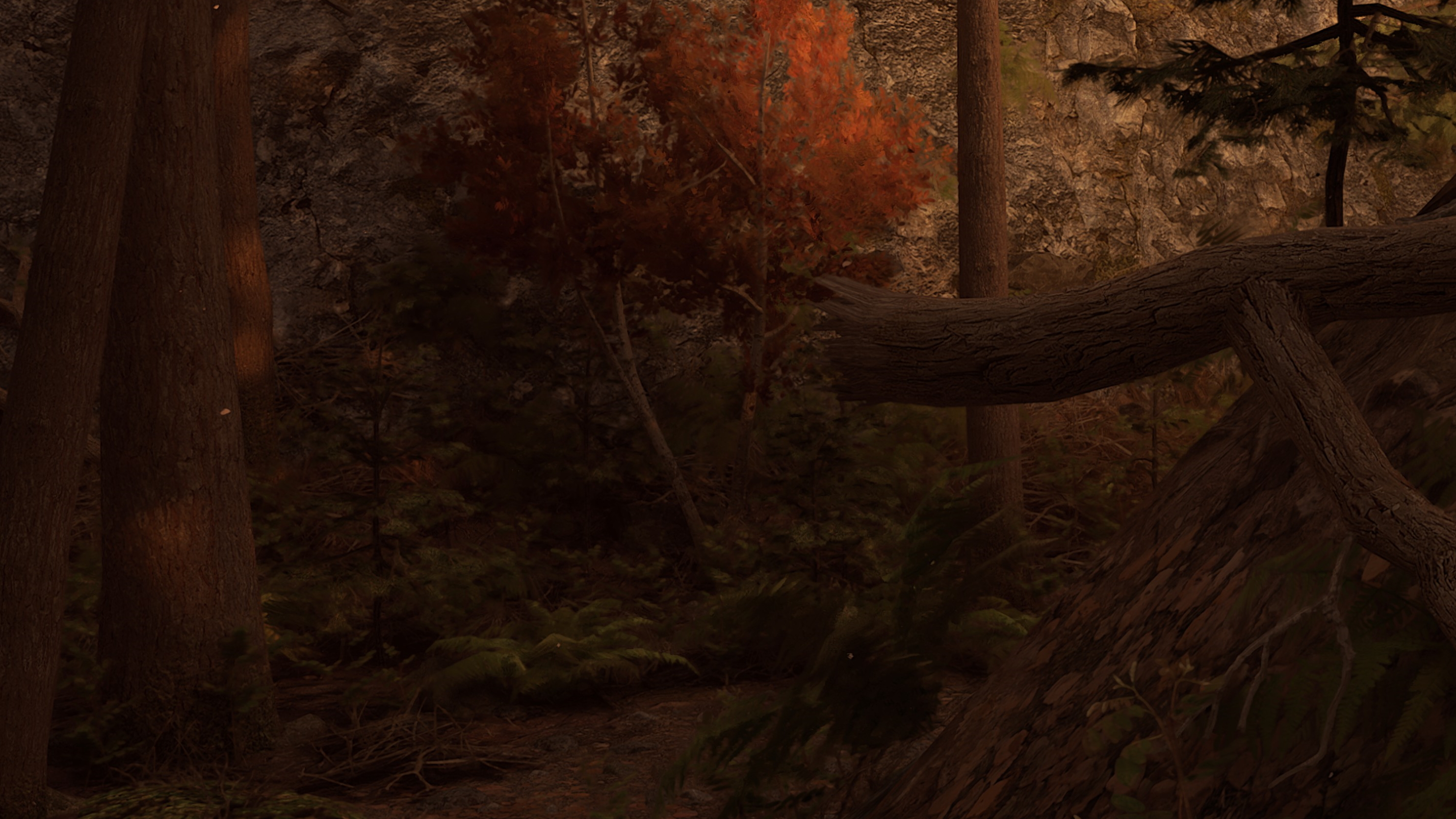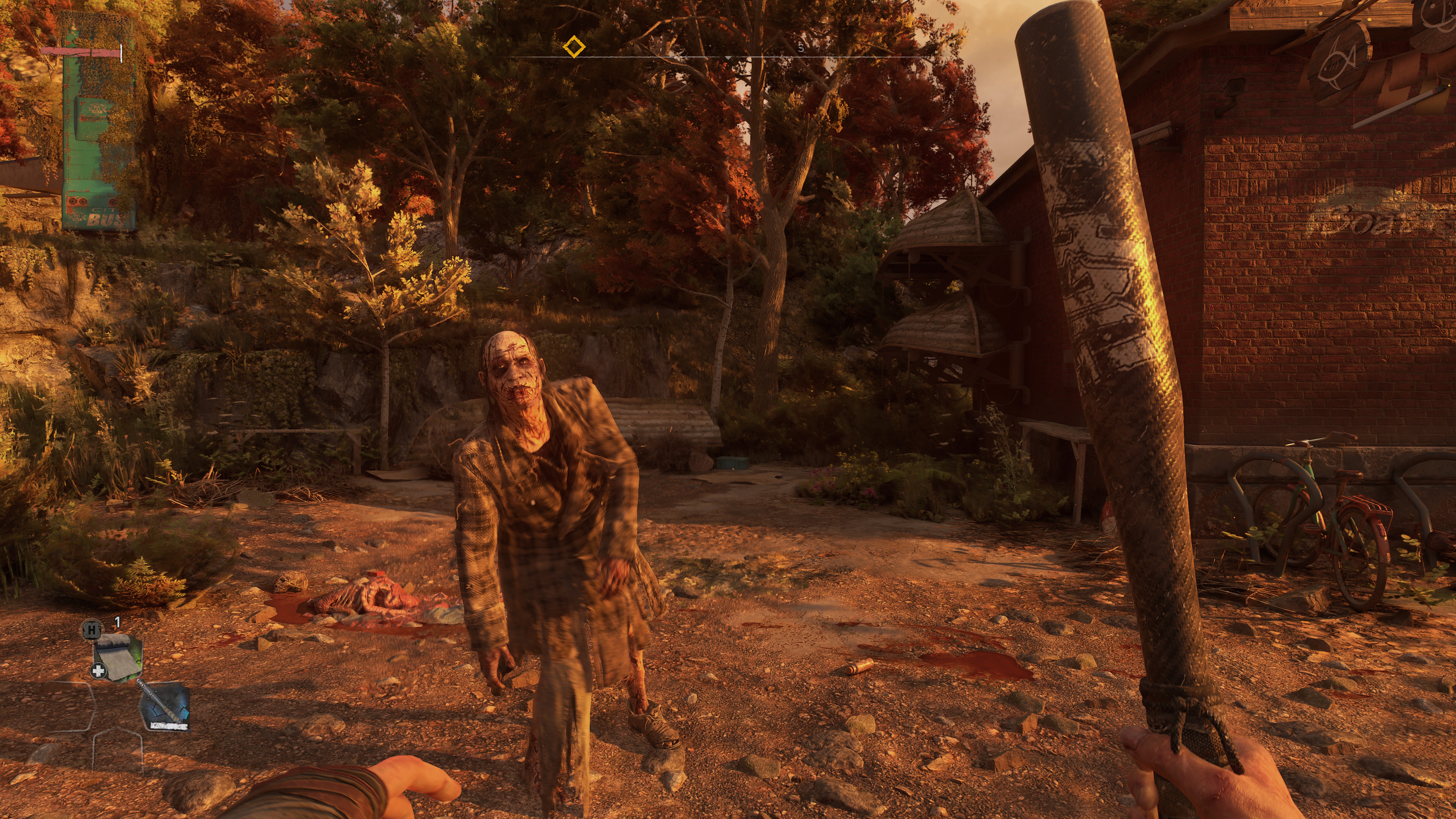Can the RTX 3090 run Dying Light 2 at 8K?
Demanding resolution for a demanding game

PC built by Chillblast
Motherboard: Asus ROG STRIX Z390-E GAMING
CPU Cooler: Noctua NH-U14S
Case fans: Noctua NF-A14 PWM Chromax 140mm
Processor: Intel Core i9-9900K, 8 Cores / 16 Threads
GPU: Nvidia GeForce RTX 3090
Storage: 500GB Samsung 970 EVO Plus M.2 PCIe
Secondary Storage: 2TB Samsung 860 QVO
Power: Corsair RM850x 80 PLUS Gold 850W PSU
Case: Fractal Design Vector RS Tempered Glass
RAM: G.Skill Trident Z RGB 32GB DDR4 3200MHz
Screen: LG 55NANO966PA
Dying Light 2 is the long awaited follow-up to the original Dying Light, which came out all the way back in 2015, and the sequel is a fun, frantic and ambitious zombie survival game.
The ambitions of Techland, the developers of the game, isn't just confined to the gameplay and map size of this open world game. It's also an incredibly good looking game, especially on PC where it employs all manner of fancy graphical effects, such as ray tracing, to make for a much more immersive experience.
However, as TechRadar's own components queen, Jackie Thomas, noted in her Dying Light 2 PC performance roundup, while Dying Light 2 sets a new bar when it comes to ray tracing visuals, it also comes at a big cost, with even the mighty RTX 3090 GPU, currently the most powerful gaming GPU in the world right now, struggling to hit 60 frames per second (fps) with all the highest graphical settings turned on.
So, if it struggles at 4K, that doesn't bode well for 8K performance. However, I'm still keen to see if there's any way to play it at 8K. After all, the great thing about PC gaming is that there are plenty of options to tweak to help boost performance. Dying Light 2 also supports both Nvidia's DLSS and AMD FidelityFX Super Resolution scaling technologies. Those have both become increasingly important in getting games running at high resolutions, high settings and at high refresh rates, and they allowed me to run the stunning God of War at 8K not too long ago.
I'm also changing my 8K testing setup in the coming months, and I've started by swapping out the Dell UltraSharp UP3218K 8K monitor. This is a stunning monitor, and still remains the only 8K monitor available, but it's primarily designed for creative work, not gaming, and comes with an incredibly high price tag. It also needs to use two DisplayPort cables to achieve 8K at 60Hz.
Instead, I'm now going to use the LG 55NANO966PA, a 55-inch 8K LCD TV. It uses HDMI 2.1, and at a third of the price of the Dell UltraSharp UP3218K, this is the kind of 8K screen most games will be using when (or, to be honest, if) 8K gaming becomes mainstream.
Putting the RTX 3090 through its paces
As you can imagine, the 8K (7680 x 4320) resolution is extremely demanding, even at the best of times, with four times the number of pixels of 4K. This means that graphically intensive games are going to really put any graphics card through its paces.
Sign up for breaking news, reviews, opinion, top tech deals, and more.
So, it probably comes as no surprise that Dying Light 2 is extremely punishing on the RTX 3090. At native 8K resolution with 'High Quality' graphical settings, the game chugged along at 18.1fps. That's extremely painful, and essentially unplayable.
However, turning on Nvidia's DLSS feature on the 'Performance' setting, which favors higher frame rates at the expense of graphical settings, and upscales the image from a lower resolution to output at 8K, the game hit 36.1fps on average, with a minimum of 29.8fps.
I consider 30 frames per second to be the absolute minimum for a game to be enjoyable, so the fact that the RTX 3090, with help from DLSS, gets above that at high settings and at 8K is impressive. While DLSS means this isn't a native 8K image, the tech has come a long way, and the results are very impressive.
However, while 30fps is the minimum we'd like to see, no one would want to put down $1,499 / £1,399 / around AU$2,030 (or more, thanks global chip shortage!) for a graphics card only to play at 30fps. Dying Light 2, with its emphasis on fast parkour traversal, plays best at high frame rates, but is that possible at 8K?
You certainly can discount ray tracing effects. Turning those on drops the frame rates dramatically to just 16.3fps - and this is with DLSS enabled.
Dropping the visual settings to 'Medium', while keeping DLSS at 'Performance' raises the frame rate to an average of 38fps. Not a bad leap, and even at medium graphical settings, Dying Light 2 remains a looker.
Next, I dropped the game down to 'Low', and this again boosted the frame rates to 44.2fps on average. The game felt much more responsive and enjoyable, but it was still a way off the 60fps milestone that I look for when playing games at 8K.
The good news is that Dying Light 2 doesn't just support Nvidia DLSS, but also AMD's alternative FSR tech. Switching over to that upscaling technology gets an average framerate of 59.9fps, finally! The game certainly feels better to play, and it's nice to be able to say you can play Dying Light 2 at 8K... just about.
But, is it worth the compromises I had to make?
Tough decisions
As is so often the case with 8K gaming at the moment, you're going to have to make compromises to reach that kind of resolution. This means heavily depending on upscaling technology. While games using DLSS won't look as clean as when played at a native resolution, the fact is that DLSS has come on in leaps and bounds since Nvidia introduced it, and AMD's FSR tech is also very impressive.
It means that impact to graphics quality is minimized, while performance improvements are able to make a big difference in playability. Even on a large screen at 8K, there's not a massively noticeable difference in image quality unless you go looking for it. Check out our comparison shots below, all taken at 8K with Ray Tracing on its highest settings, with a variety of DLSS and FSR levels applied.







What's more of a painful compromise, however, is having to turn the graphical settings down to their lowest to get to 60fps. While Dying Light 2 still looks good, the drop in quality is still very noticeable. Textures are more blurry, draw distance is reduced and lighting effects are barely there. The world feels a lot less alive - never a great thing, even in a zombie game.
The bump to 8K isn't worth the compromise in this case. By playing at 4K, I was able to get 59.8fps at 'High Quality' with DLSS on performance. That's still without ray tracing enabled, but it looked so much better, even with the lower resolution. Don't forget, most games don't really take advantage of 8K yet anyway, with textures and models aimed at a maximum of 4K anyway.
The fact that the might RTX 3090 can only just hit 60fps at 4K with DLSS on and no ray tracing highlights just how intensive this game is. There's also a hint of a lack of optimization about it, and there's already been a day one patch to address bugs. I expect Techland to continue to patch Dying Light 2 to improve performance at 4K. At 8K though? No amount of patching will help.
- These are the best GPUs of 2022

Matt is TechRadar's Managing Editor for Core Tech, looking after computing and mobile technology. Having written for a number of publications such as PC Plus, PC Format, T3 and Linux Format, there's no aspect of technology that Matt isn't passionate about, especially computing and PC gaming. He’s personally reviewed and used most of the laptops in our best laptops guide - and since joining TechRadar in 2014, he's reviewed over 250 laptops and computing accessories personally.



